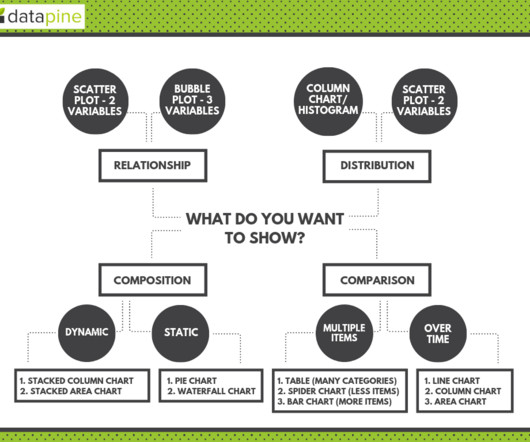Benchmarking Performance: Your Options, Dos, Don'ts and To-Die-Fors!
Occam's Razor
OCTOBER 14, 2014
In this type of an environment, I've frequently stressed the value of identifying targets for your key performance indicators. should be 1,356,000), you've set a clear line in the sand as to what performance will be declared a success or a failure at the end of the measurement time period.














Let's personalize your content